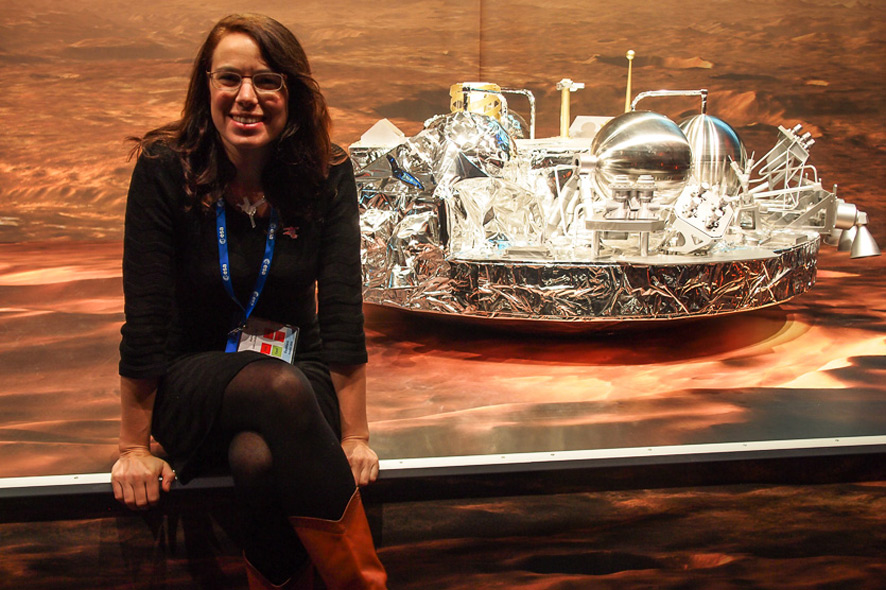The location in the vicinity of Frankfurt is certainly one of the key reasons why the European Space Agency (ESA) set up its mission control facility in Darmstadt. It’s only a short ride from here to the international airport with connections to the cities throughout Europe and beyond that the ESA’s staffers and vendors call home.
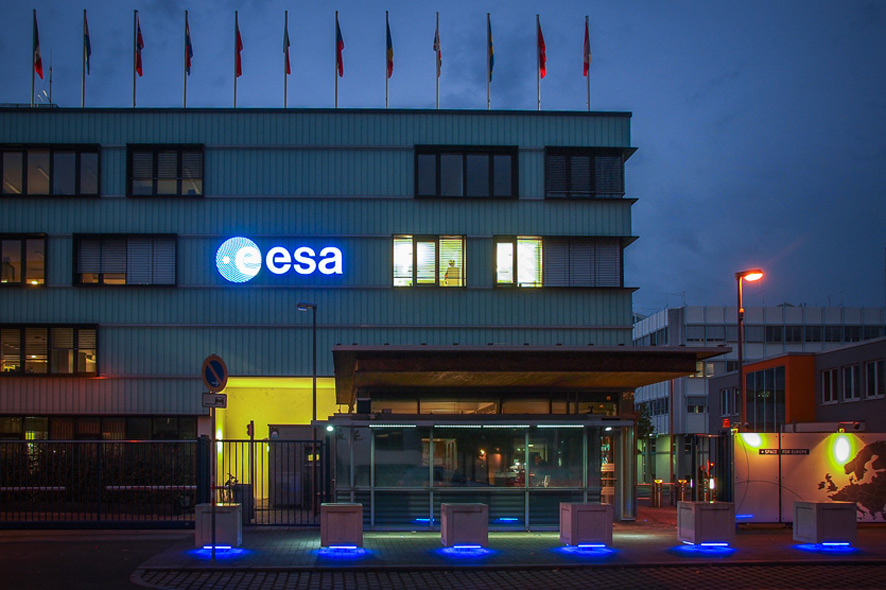
Credit: Martin Hieslmair
From the outside, this facility doesn’t give much of an indication that it houses the European Space Operations Centre (ESOC). All the various arrays of huge antennas tracking Europe’s satellites and space probes are dispersed worldwide and hooked up to the ESTRACK network hub in Darmstadt.

Credit: Martin Hieslmair
We arrived in Darmstadt a day before the two eagerly-awaited episodes highlighting the ExoMars 2016 mission. To find out what this is all about, read the interview with Thomas Walloschek, who goes into detail about the events planned for October 19, 2016: putting the TGO space probe into Mars orbit, and executing a test landing of the Schiaparelli Lander on the Red Planet’s surface.

Credit: Martin Hieslmair
Both maneuvers of this mission—staged jointly by the ESA and its Russian counterpart, Roskosmos—were supervised from here, the Main Control Room. A day before the big event, Bruno Sousa, spacecraft operations manager of the Cluster II mission, took some time to give us a guided tour of the ESOC premises. Our party included Aoife Van Linden Tol, the current artist-in-residence of the ESA and the European Digital Art and Science Network, and Claudia Mignone as well as Karen O’Flaherty of ESA – both belong to the jury that has selected Aoife Van Linden Tol.

Credit: Martin Hieslmair
He also briefed us about the scientific background of his own mission, which involves four satellites orbiting Earth to perform detailed analyses of our planet’s magnetic field.
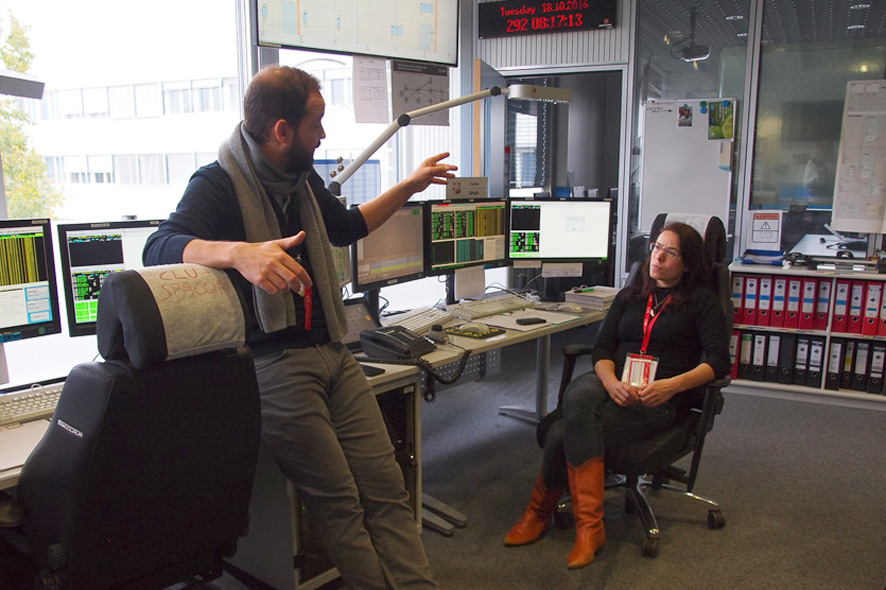
Credit: Martin Hieslmair
In the Cluster II mission control room.
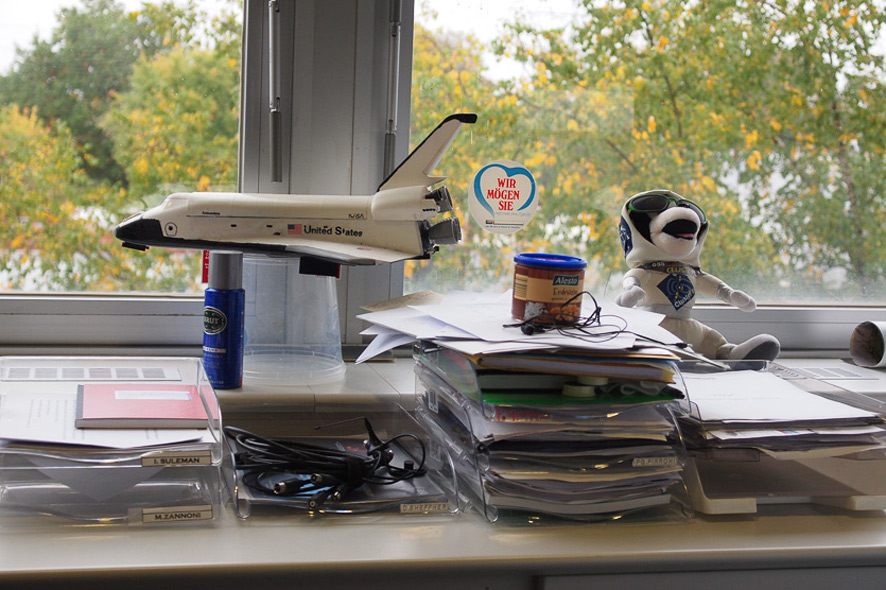
Credit: Martin Hieslmair
Only a few weeks before, the Rosetta space probe had concluded its mission as planned by crashing into comet 67P/Churyumow-Gerasimenko. A wonderful, extraordinary journey through space had come to a spectacular end, and the monitors went black.

Credit: Martin Hieslmair
A stark contrast to the picture screens before Thomas Walloschek, propulsion engineer with the ExoMars 2016 mission, who was painstakingly monitoring the data being sent back to Earth.
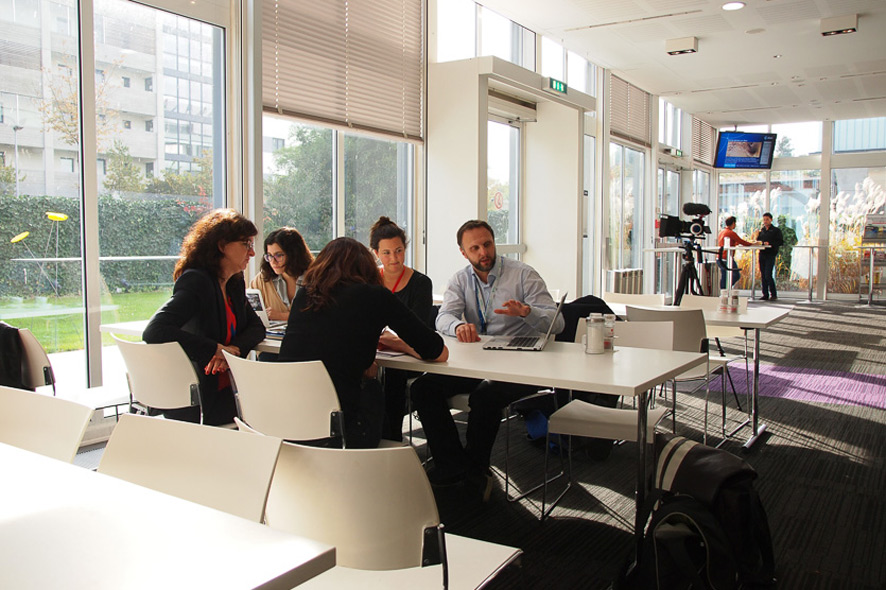
Credit: Martin Hieslmair
Following his nightshift, he took some time to chat with Aoife Van Linden Tol about the phenomena that occupy the focal point of her artistic work: explosions.

Credit: Martin Hieslmair
October 19, 2016—the big day had dawned. The press center was full of reporters and the parking lot packed with mobile remote transmission equipment.
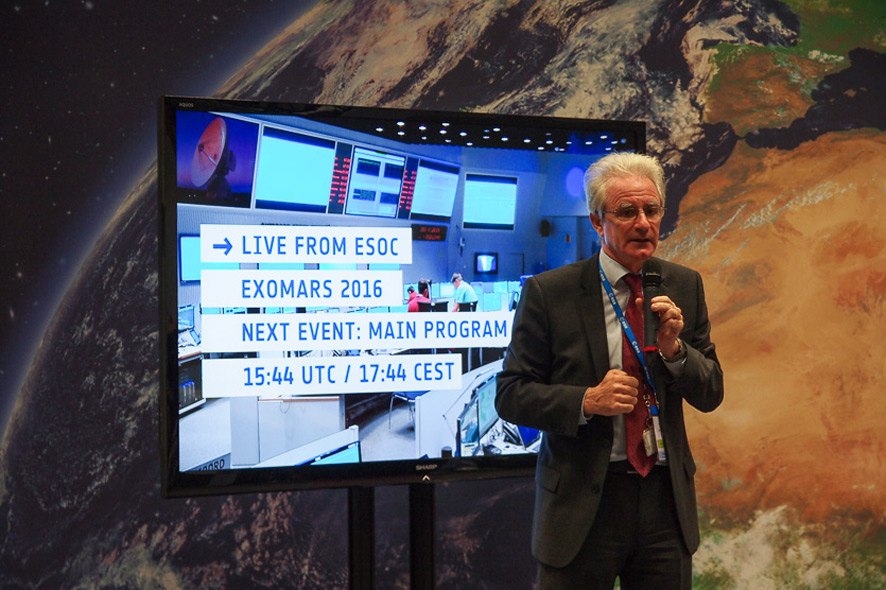
Credit: Martin Hieslmair
It’s no simple task to stage science as an event. Often, it’s not a matter of speed; what’s called for is meticulousness in dealing with data and results arriving from Mars at the culmination of a journey lasting several minutes. ESOC Mission Director Paolo Ferri answers journalists’ first questions.
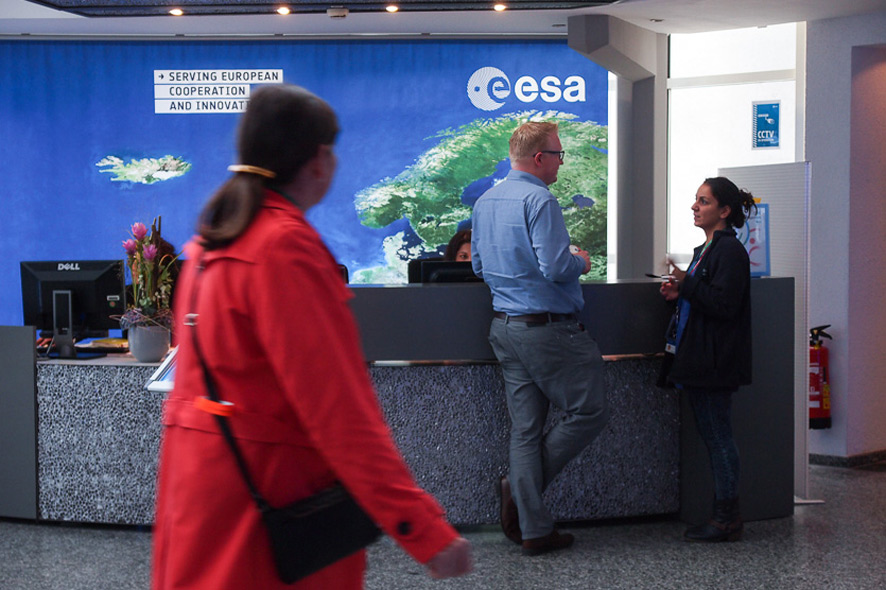
Credit: Martin Hieslmair
Tense anticipation of the initial signals from the two probes. Have they executed their automatic programs as planned? Have they awakened from sleep mode?

Credit: Martin Hieslmair
Visiting scientists and guests gathered in the facility’s conference room to follow the sequences of events, which were also transmitted in real time on the internet.
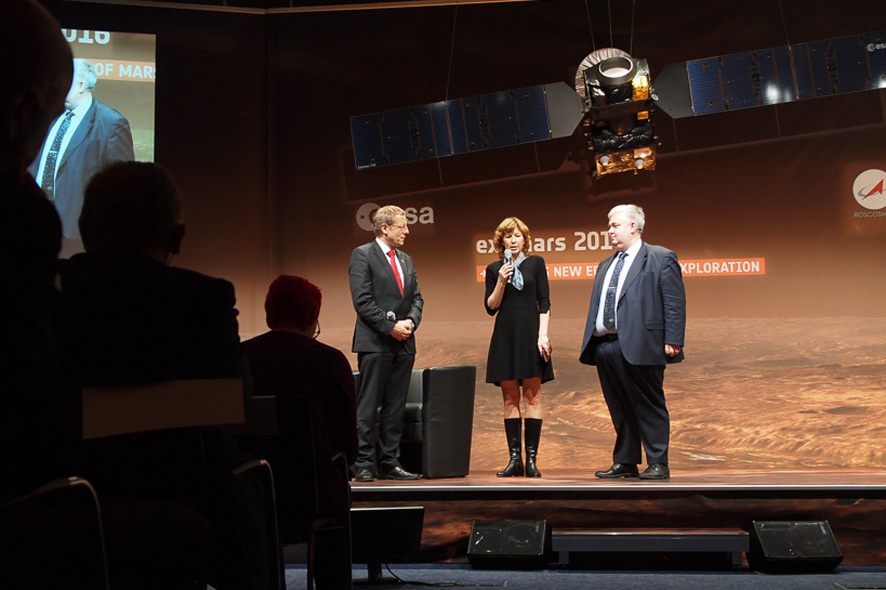
Credit: Martin Hieslmair
While awaiting the first signals from Mars, we viewed visualized summaries of the entire mission and interviews with the people involved in this project. We got an update from ESA Director Johann-Dietrich Wörner and Roskosmos Director Igor Komarov.
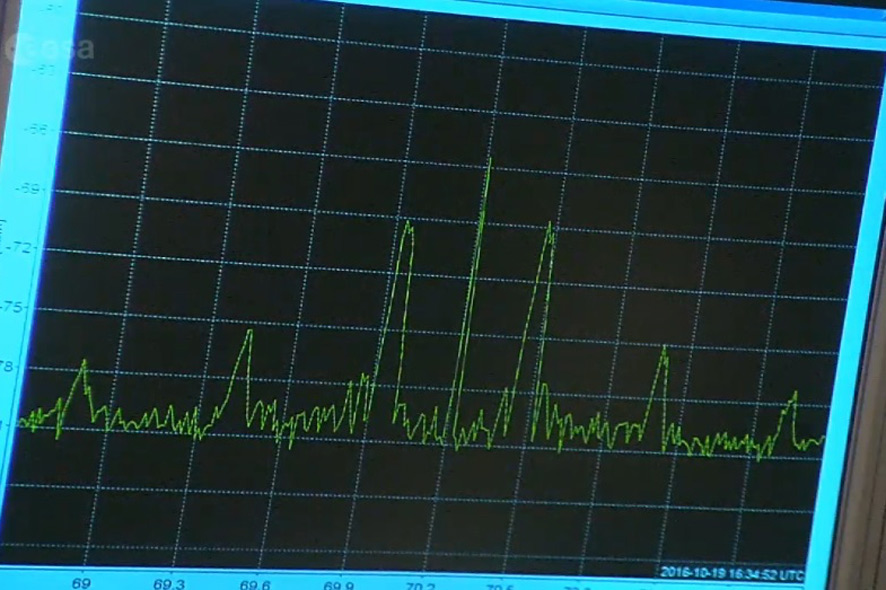
Credit: ESA
We have contact! The first signal arrived from the TGO, the probe that will now spend a year getting into the proper orbit and then two years transmitting data describing Mars’ atmosphere. The message was greeted with a big round of applause and visible relief on the part of scientists in attendance.
The fate of the second probe remained a big question mark on this evening. There was still hope that the Schiaparelli Lander could carry out its deceleration as planned—from 21,000 km/h to 2 km/h. Analyses performed the next day would provide insights. But that’s the way it goes in science: Even when tests don’t proceed as planned, at least you can learn from the experience.
Please note: Read more about this residency programme on ESA’s art&science blog where Maria Pfeifer from Ars Electronica Futurelab shares her first thoughts about this residency.
